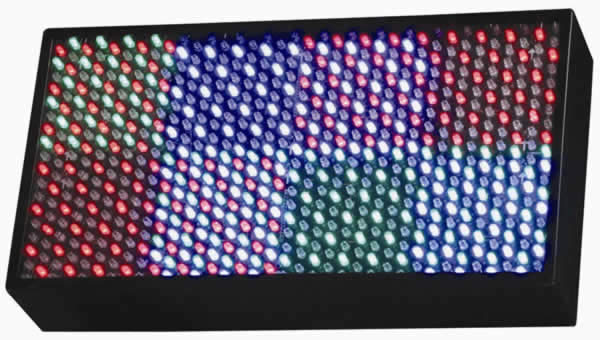|
|
|
|
|
|
|||
|
Aware of it or not, we live our lives surrounded by all the comforts of “the rule of advertising”. Even in the countries without an average life standard, the myriad of advertising agencies, promoters and salespeople are doing their best in order to convince the populace that one particular product is exactly what the people need to solve a specific problem or satisfy a necessity.
Nothing can be sold without the commercial anymore, and the world of advertising has become so absurd that sometimes a commercial sells another commercial! Billboards, neon and outdoor signs, free catalogs sent by mail, leaflets and other printed materials are here to “open our eyes” in terms of the quality of some products and our need for various services, motivating us to spend our money on them. Unfortunately, the mentioned “eyes-opening” usually comes with our eyes closed tight over the fact that the world of advertising and commercials becomes huge energy-consumer. Attractive, bright neon or LED signs, considering their number and world-wide presence, consumes a large amount of electricity, and printing and distribution of free (and mostly undesired) catalogs and brochures increase the pressure on fossil fuel and wood resources. On the world market, established on liberal competition principles, new manufacturers, providers and service companies emerge every single day, which doesn’t support the optimistic prediction on decreased energy-consumption of those trying to sell something to you. Among the people aware of this acute problem is Milan Tosic, environmental protection engineer who spent a lot of time searching for energy-sustainable solution. According to him, there is no hope for the decrease of number and variety of the forms of marketing presence in foreseeable period of time, so the efforts should be directed toward the modalities of cost-effective advertising. His focus is especially on shiny neon signs powered by electricity from the grid, putting the extra pressure on it and the resources used in the energy production. |
▪ Actions ▪ Galery ▪ Links
ekospark@gmail.com
|
||
|
Tosic thinks that the most practical way for the decrease of energy consumption is the commercial use of solar lighting which is becoming increasingly popular, with the power supply system more than suitable for neon or LED signs. The benefit of such an idea isn’t just the saving of money for both electricity consumption and production, but the fact that decreased power production results in lower carbon emissions.
The detail emphasized by this environmentalist is that this particular advertising form would benefit mostly the companies and advertisers themselves since the power bills would be significantly reduced; moreover, the signs could be placed absolutely anywhere because the power wouldn’t depend on the public grid anymore. In this way, some attractive but inaccessible locations (due to remoteness of power plug) could be covered soon. By the application of this idea all neon or LED sings would become eco - friendly, and millions of kilowatt-hours of electricity could be spared throughout the world, which would eliminate millions of tons of CO2 generated by energy-production process. Dynamic LED billboards have already achieved one tenth of energy-consumption of earlier generation models - average 70 W/m², maximum 200 W/m²; LED lamps are manufactured in the form of individual lapms, strips, sticks or modules with 50,000 hours of life expectancy and are installed in advertising signs with consumption often not exceeding 20-30 W/h. However, even this is a significant pressure on the power rid due to increasing use and distribution of advertising signs. On these premises, Tosic came up with an alternative in solar panels which would power neon or LED signs, billboards and outdoor signs. Existing poly-crystal silicon solar panels generate 90 mA while directly exposed to sunlight which, with two 800 mA Ni-Cad batteries and average power consumption of 50 mA, provides 20-30 hours of lighting without the need for plug in to power grid. Duration of light is not constant due to differences in power consumption of differently colored LED lamps (red require 2V, blue 4V), and required voltage for LED lamps used for advertising purpose is 12V. Considering the economical, ecological and advertising characteristics of this project, it is to be expected that first solar-powered advertising signs could begin to shine in your street during the next year. More about the realization of the idea of solar-powered advertising signs can be found soon on www.ekospark.com.
|
EkoSpark.com |
||



